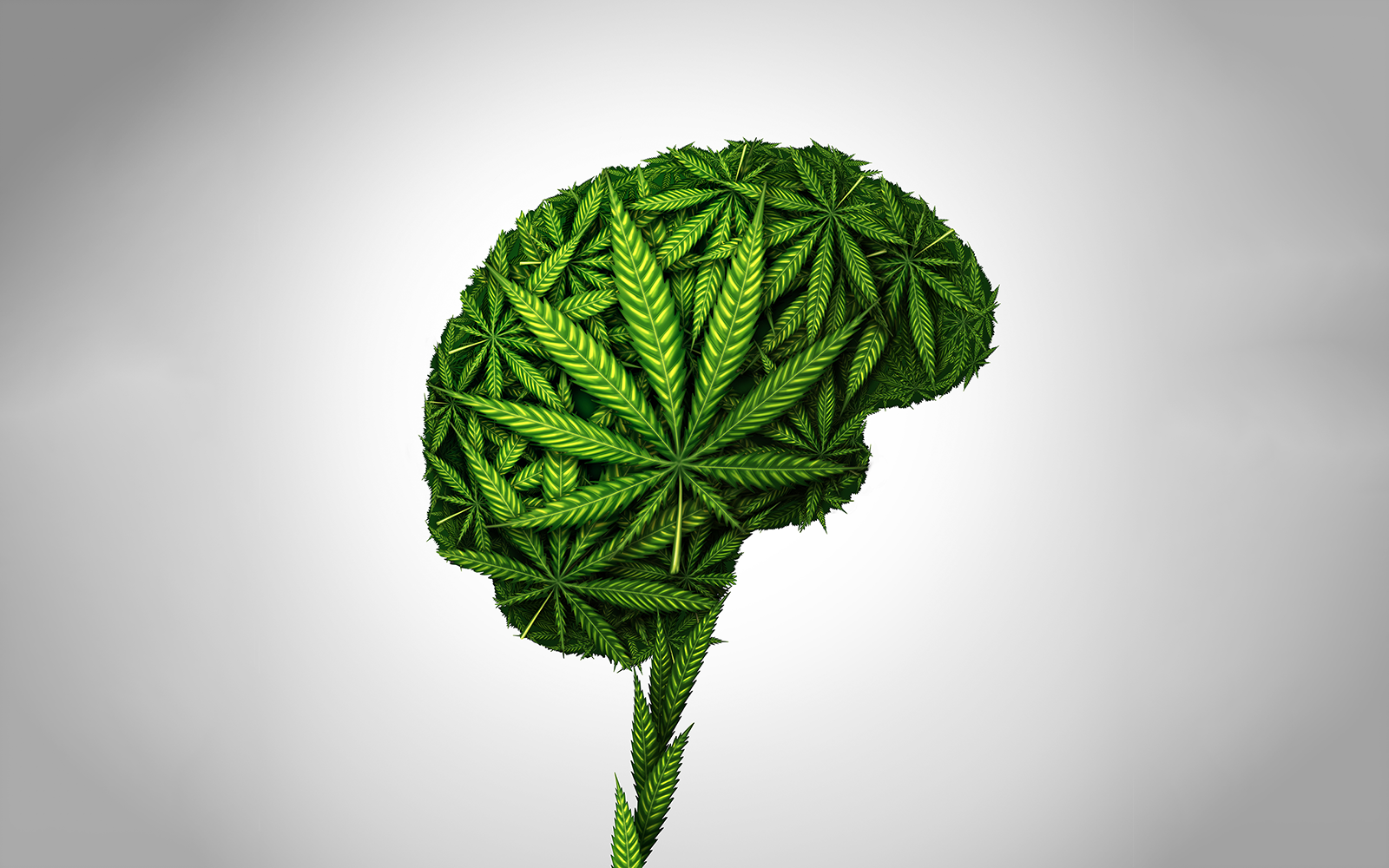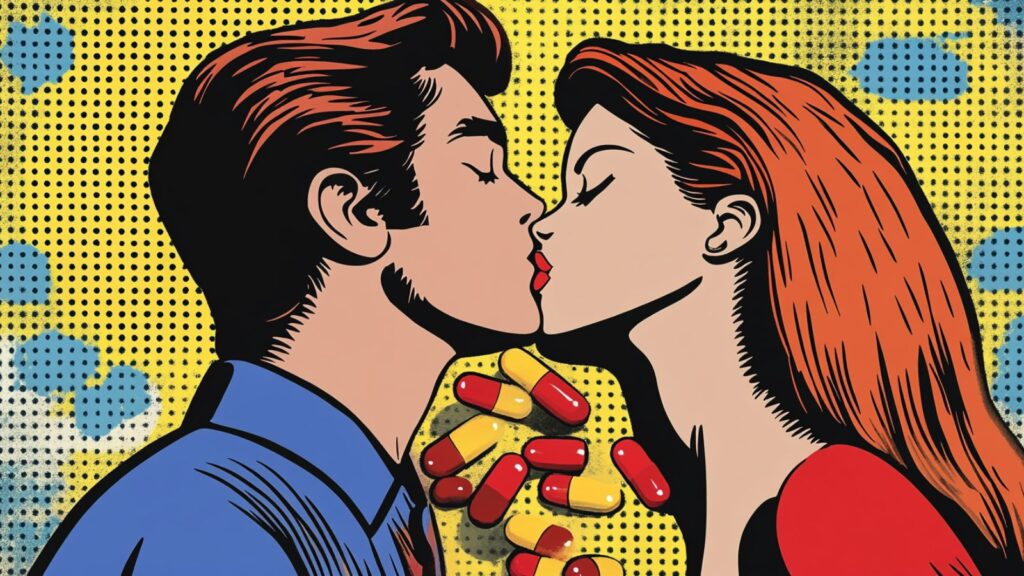During the beginning of every smoke session, there’s that moment when everyone in the circle goes quiet for a while. Talking feels unnecessary and laughter has died down. It takes a second to notice the lack of conversation, but then someone inevitably says,
“Yeah, I’m high.”
And 24 hours later, when the high is gone, that antisocial behavior hasn’t always worn off.
Researchers are seeking to explain the neural mechanism behind this behavior using mice models. New cannabis research published by Dr. Giovanni Marsicano at NeuroCentre Magendie at the Université de Bordeaux and Dr. Juan Bolaños at the University of Salamanca sheds some light on the phenomenon.
“There are positives to cannabis but there are also side effects that are negative,” Dr. Marsicano said. “ One of these is decreased social interactions… [There is a] tendency of certain, not all but some, cannabis users to isolate themselves and to stay at home, smoke joints, and not much more. And what we didn’t know is how that works and what mechanisms [are] underlying.”
Previous cannabis research showed that cannabinoid receptors are present not only on the cell membrane but also inside the cell on the organelles, specifically the mitochondria, the “powerhouses” of the cell. Mitochondria create energy for the cell by absorbing glucose from the bloodstream.
The new research shows that social behavioral changes occur as a result of less energy being available to the neurons. THC activates cannabinoid receptors on the mitochondria in a specific neural cell type called astrocytes. These comprise the support infrastructure of the brain, transforming glucose into a molecule called lactate that other neurons use as “food” for their function.
Seeing Brain Structure and Function in a New Light
Marsicano and Bolaños saw that cannabis activated the mitochondrial cannabinoid receptors in the astrocytes, disrupting the astrocytes’ glucose metabolism. As a result of the reduced glucose transformation, the other brain neurons also had less energy. This depletion results in decreased social interactions.
But while the cannabis aspect of the research is interesting, the real discovery lies in how the brain adjusts its energy use. According to Marsicano, instead of the brain having an on/off switch like a computer, the neurons modulate their activity in response to lower energy intake.
“If it was just another mechanism of [the] THC effect it wouldn’t be in nature,” Marsicano said. “The modulation of energy is really a signal, a way the cells communicate with each other.”
The connection between astrocytes, energy, and human behavior is somewhat unclear. Marsicano’s research with cannabis explains a thus far elusive part of brain science. Only in the past few decades have researchers really started to understand the cannabinoid receptors and the endogenous cannabinoid systems.
This is just one example of how research on a Schedule I drug like cannabis can help answer even nuanced and technical questions about the brain. For many scientists, THC is an important research tool for understanding many other types of brain functions.













